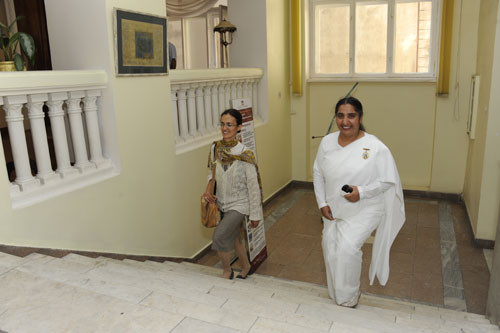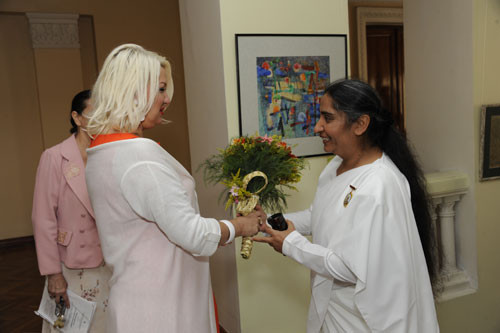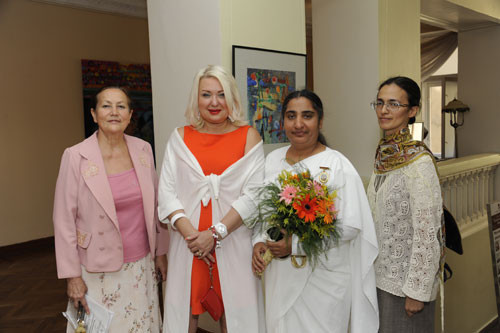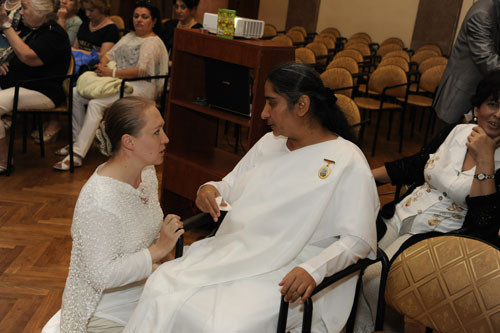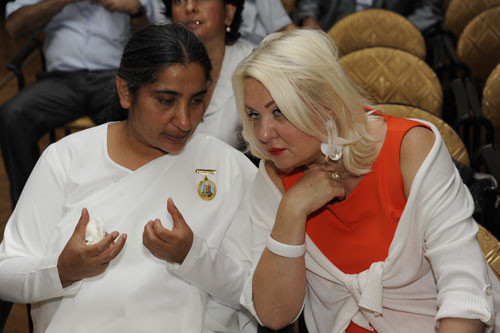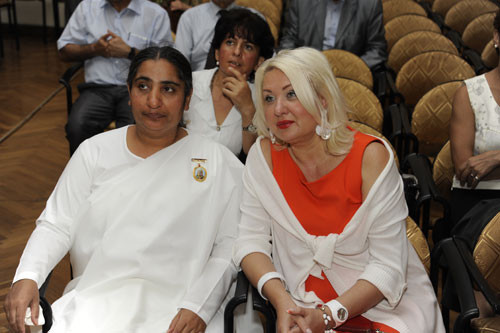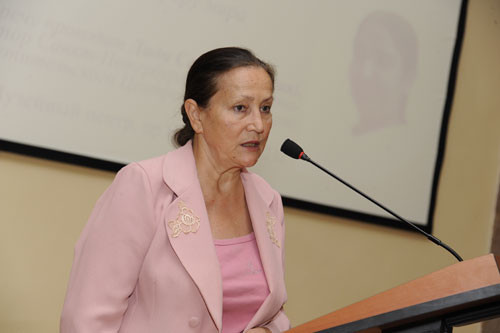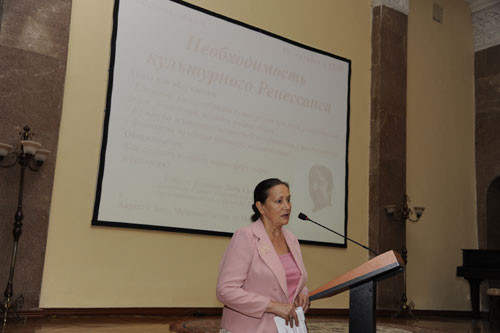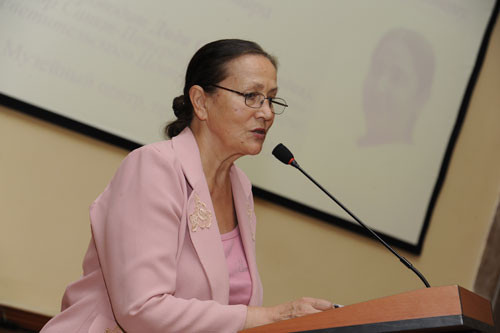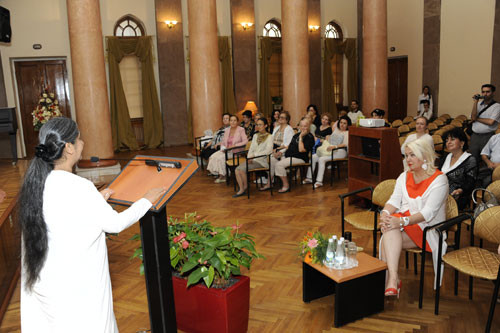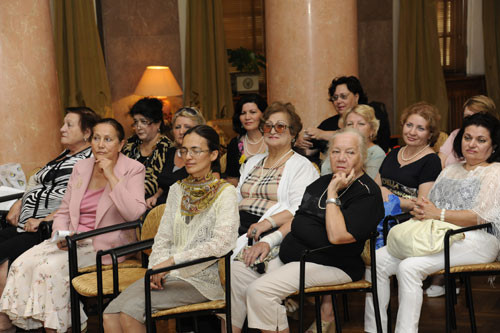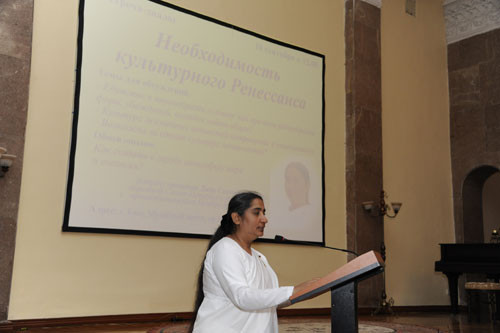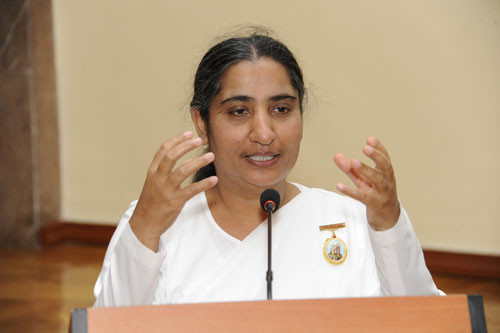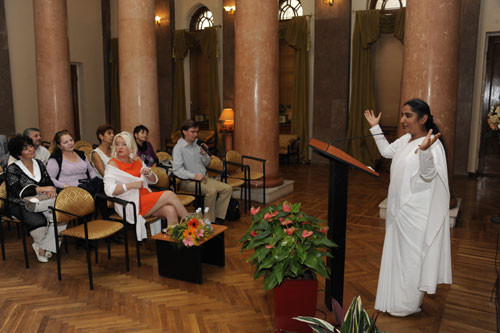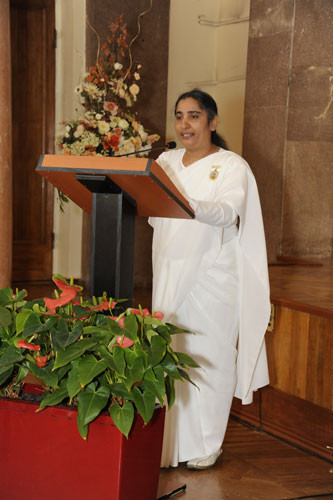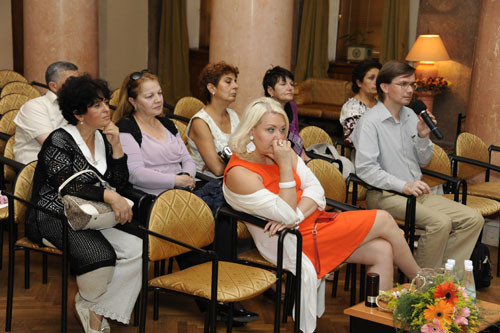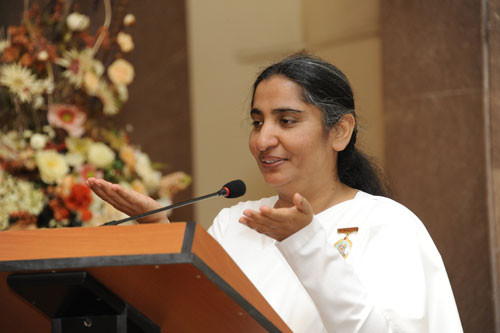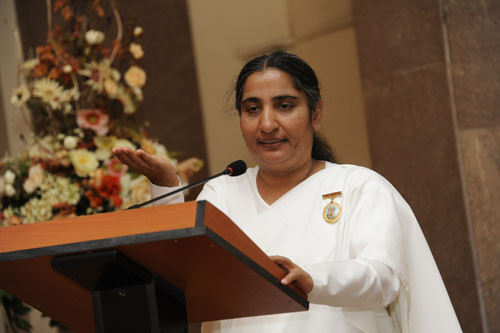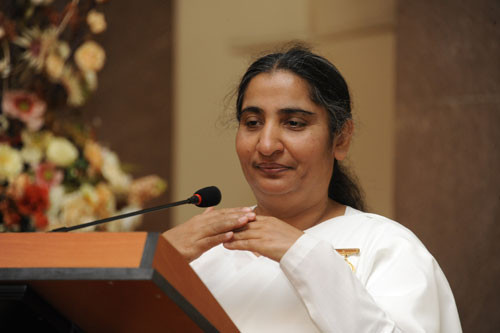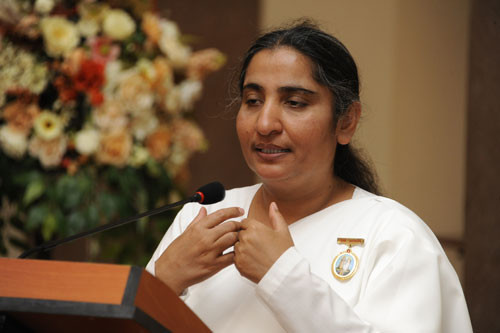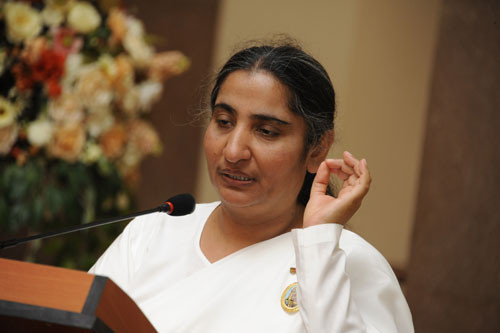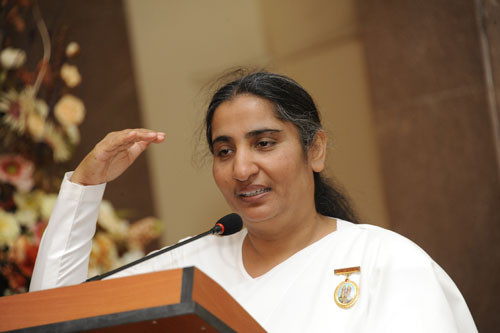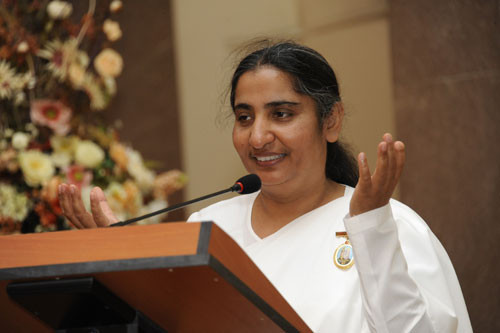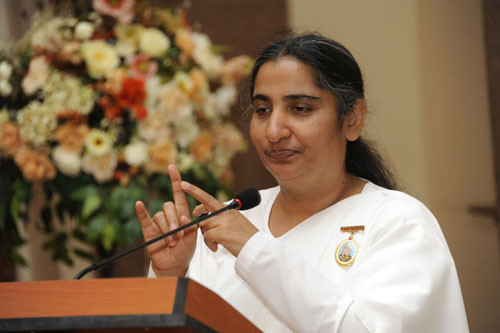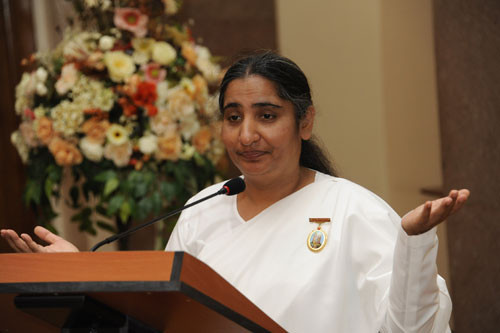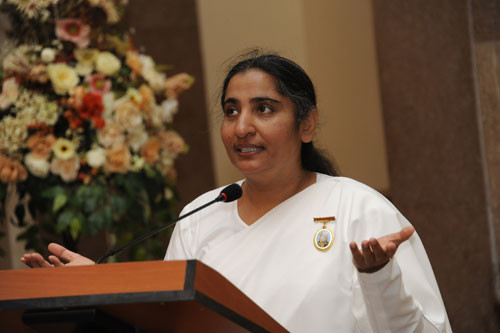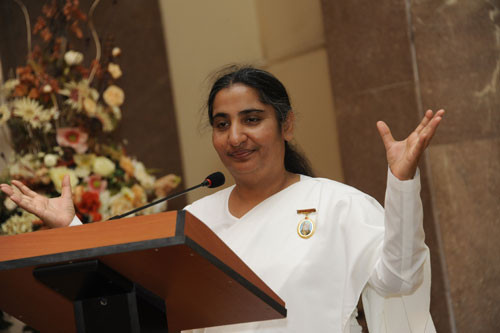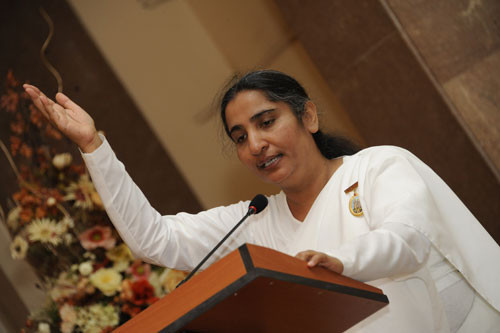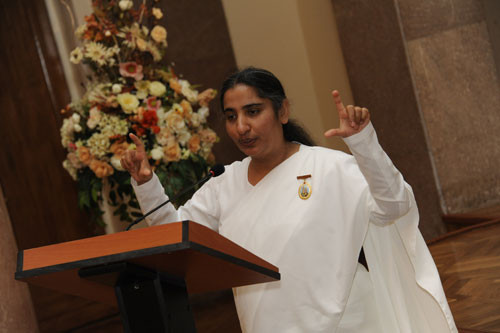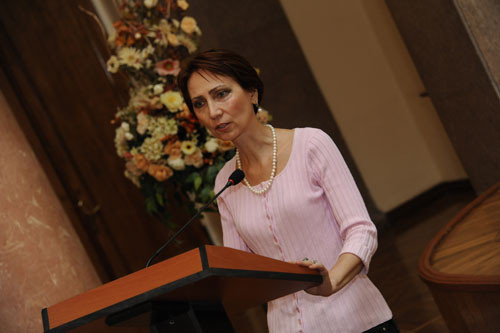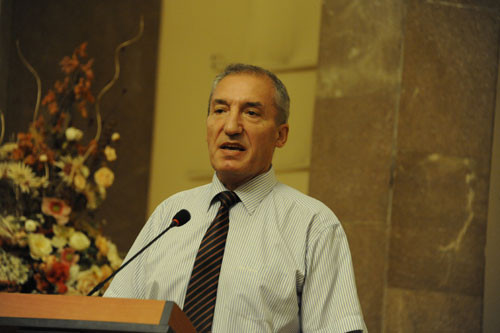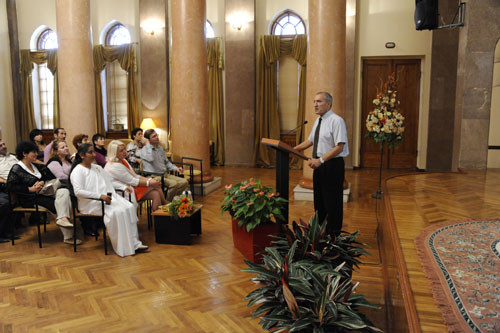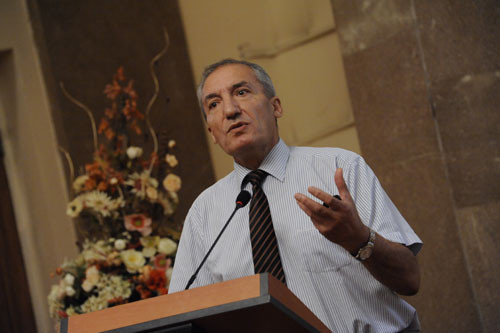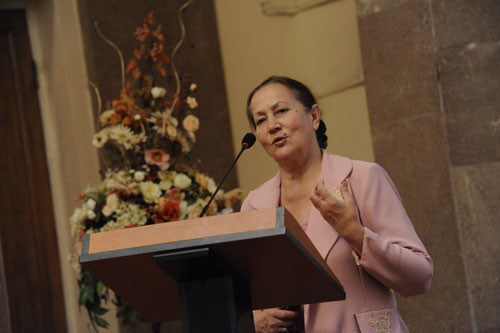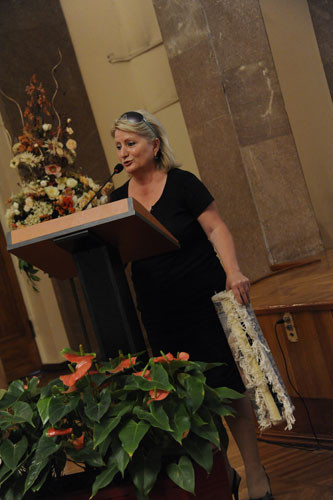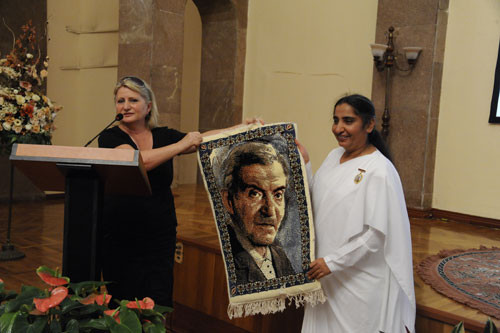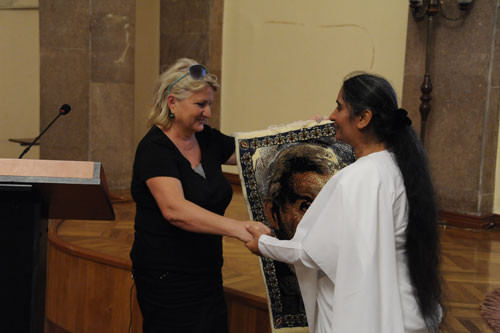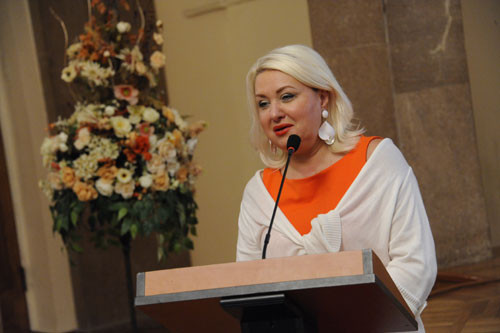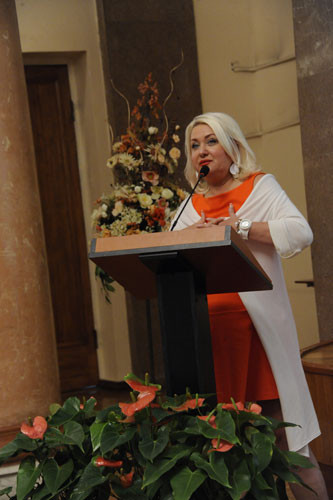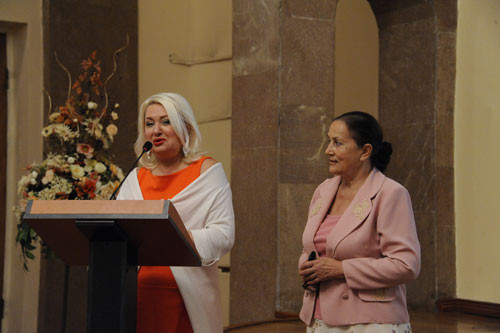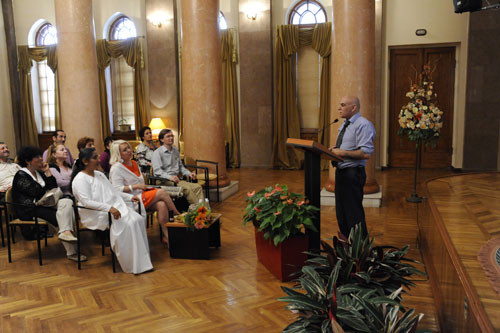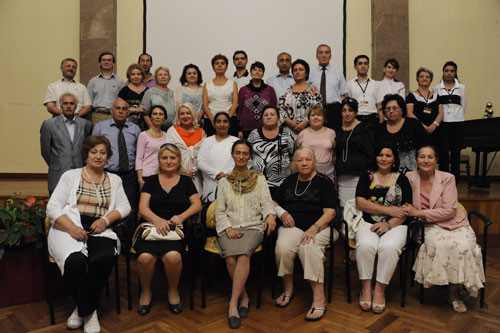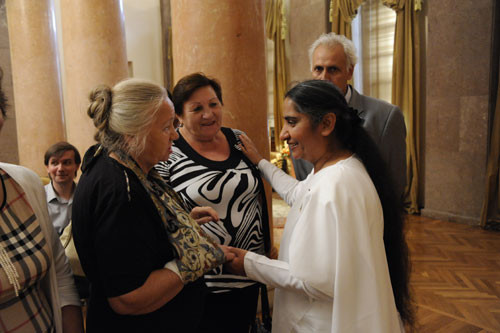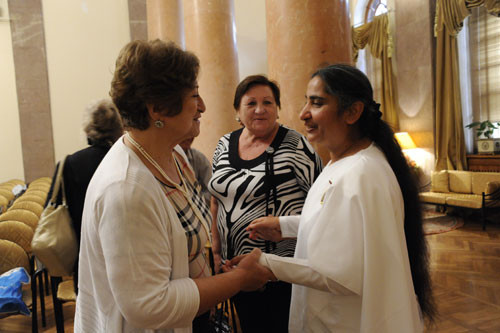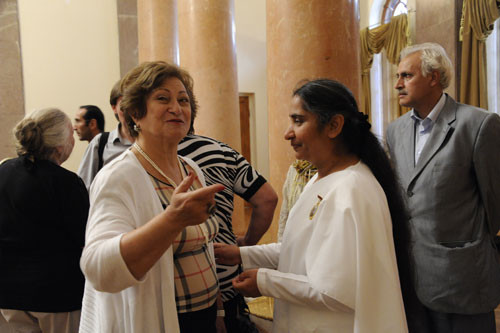"Cultural Renaissance" - Meeting and dialogue with the director of the regional cultural enlightenment association, the Brahmin Kumaris Centre, Saint Petersburg
10.09.2011Assembly Hall
Time: 12:00
Organizer: The Brahmin Kumaris Centre, Saint Petersburg, regional cultural enlightenment association
The Museum Centre of the Ministry of Culture and Tourism of the Republic of Azerbaijan is one of the most beautiful buildings in Baku, located close to the seaside boulevard. Its assembly hall has hosted events such as a conference of the Ministers of Culture of CIS countries, a joint meeting of the Ministry of Culture of Azerbaijan with the Council of Europe, an international conference including the Ministry of Culture, UNESCO and many others. On 10 September 2011, a dialogue meeting on ‘The Necessity of a Cultural Renaissance’ was held there. Didi Santos, Director of the Brahma Kumaris Centre in St. Petersburg was invited to Baku by the Women’s Society of Azerbaijan; she was the honoured guest and key speaker at the event.
The notion of ‘global culture’ has been very popular over the last decade. We more or less understand what Azerbaijani, Georgian or Russian cultures are, but what does global culture mean exactly? How can someone feel culturally close to all the people on Earth, if he lives in a very definite territory, where the culture differs dramatically from that of even the closest neighbours? And where is the demarcation line between a nation’s cultural originality and intolerance of what other cultures can offer me? These topics are even more urgent today, at the highest level. One of the most topical and pressing issues for many countries at the moment is the creation of an atmosphere of harmony between different ethnic, cultural and religious societies. These same issues are the central focus of the cultural enlightenment activities of the Brahma Kumaris centres, which now function in over 100 countries and cooperate actively with the UN and UNESCO towards establishing an atmosphere of peace and understanding among peoples and nations.
Liana Vezirova, Director of the Museum Centre, said: “The fact that we have all gathered here today is a great blessing. I want to thank Didi Santos for filling our city with so much warmth and love. We can talk endlessly about what we are supposed to be. We can hold seminars and conferences. But the most difficult thing is to do what your heart tells you. We are often full of fear and we are scared of doing something good. At times even our education or understanding of culture can obstruct us. We all have to listen to our hearts. Our heart will never lie to us. We must love each other. If each and every one of us does something good where we are – plant a flower, say something nice – we will all feel good”.
Didi Santos discussed the etymology of the word ‘culture’ in Hindi and illustrated it with an example of what can serve as a unifying beginning for societies of different cultures: “We have to face the question of what exactly the culture we want to attain looks like in principal. We must have a clear goal. Only then can we take concrete steps towards achieving that goal. In Hindi culture is Sanskriti. In the first place, the notion of culture includes aspects of character, temperament, types of personality (the so-called samskara). The culture, Sanskriti, will be exactly like the samskaras, and the world, sansar, will be exactly like that culture. Samskaras are those innate features, habits and drives which appear in me every time, irrespective of the environment I am in. We, people, are all very different, but there are similarities in our ambitions. Our constant necessity, our internal aspiration, is for peace, happiness and love for us and all the people who surround us. You can open any writing, piece of literature, art, music or dance of any country and they will all reflect exactly that feeling! We can speak Azerbaijani, Russian, English or any other language, but the point remains the same: we all want to live in peace and we all want to be happy. When we start acknowledging ourselves as spiritual, rather than material, beings we can sense that every person has a positive core within them. Everyone has it, without exception! Some call it divine. Some call it inborn purity. That is precisely culture, pure and true. Wherever we are, that positive inner culture moves within and with us. It becomes the foundation for achieving unity within diversity.
One culture for all humanity – is it really possible? Sometimes we are scared of it. We fear losing our originality by melting in a kind of amorphous mass of cultures. However, the principle of unity does not override variety. Humankind resembles a tree: a tree has its roots, trunk and branches, leaves, flowers and fruit. Trunk and roots are not exactly the same thing. Flowers are different from leaves. However, they are still a single being; a tree is integrity; it is completeness. But how exactly can we appreciate the beauty of the Tree of humankind? It is possible only when we remember the invisible, the seed, from which the Tree has grown. The Almighty is the Seed of the huge World Tree and if we remember Him and live true to His words, we begin loving all the people around us as He loves His creations. Then we can admire the magnificent integrity of that Tree as well as the uniqueness and individuality of its different parts”.
